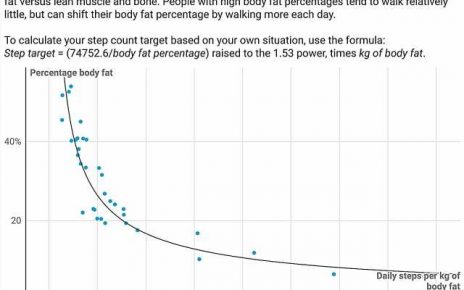
Maternal labor epidural analgesia (LEA) was associated with an increased risk for autism spectrum disorder (ASD) among offspring, according to a study published online July 21 in JAMA Network Open.
Chunyuan Qiu, M.D., from Kaiser Permanente Baldwin Park Medical Center in California, and colleagues examined the independent associations of LEA and oxytocin during labor and delivery with ASD using data from 205,994 singleton births with vaginal deliveries in a single integrated health care system from 2008 to 2017. Children were followed through Dec. 31, 2021.
Within the cohort, 153,880 and 117,808 children (74.7 and 57.2 percent, respectively) were exposed to maternal LEA and to oxytocin during labor and delivery. The researchers found that during follow-up, 5,146 (2.5 percent) had ASD diagnosed. Oxytocin exposure was higher among LEA-exposed than LEA-unexposed children (67.7 versus 26.1 percent).
The risk for ASD associated with LEA was independent of oxytocin exposure (hazard ratio, 1.28; 95 percent confidence interval [CI], 1.18 to 1.38). After adjustment for LEA exposure, the risk for ASD associated with oxytocin was not significant (hazard ratio, 1.05; 95 percent CI, 0.99 to 1.12). There was a significant interaction observed for LEA and oxytocin on child ASD risk. Hazard ratios were 1.20 (95 percent CI, 1.09 to 1.32) for LEA alone and 1.30 (95 percent CI, 1.20 to 1.42) for LEA and oxytocin compared with no exposure, while the hazard ratio for oxytocin alone was not increased (0.90; 95 percent CI, 0.78 to 1.04).
“Public benefit and risk need to be considered when selecting medical interventions given the benefits of LEA and oxytocin for labor and labor pain management and relatively low incidence and multifactorial risk factors for ASD,” the authors write.
More information:
Chunyuan Qiu et al, Association of Labor Epidural Analgesia, Oxytocin Exposure, and Risk of Autism Spectrum Disorders in Children, JAMA Network Open (2023). DOI: 10.1001/jamanetworkopen.2023.24630
Journal information:
JAMA Network Open
Source: Read Full Article



